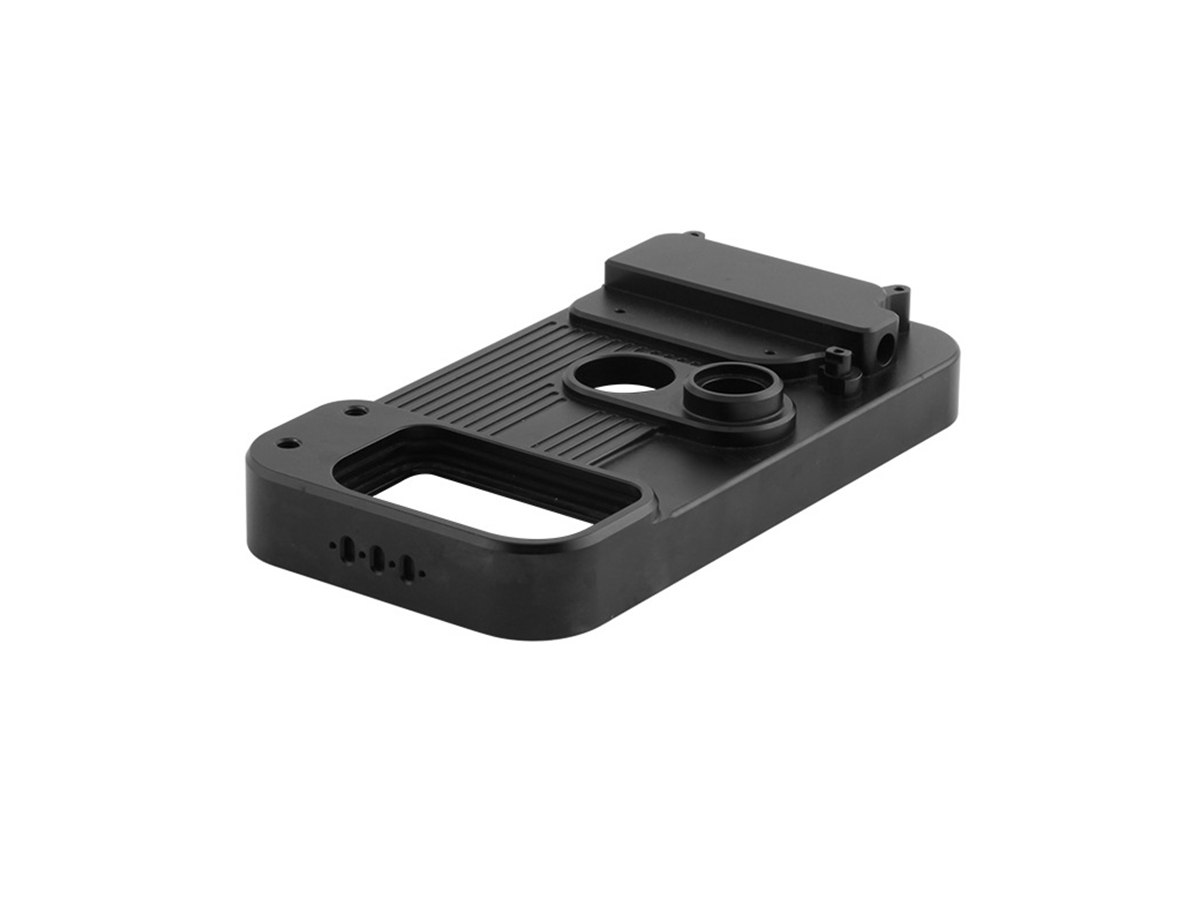Automating Precision Machining: A Case Study on Robotics in Manufacturing
Transforming Manufacturing with Robotic Precision
The integration of robotics in precision machining has revolutionized production efficiency and accuracy. Automated systems achieve ±0.002mm tolerances while reducing cycle times by 35-50%, critical for high-volume industries like automotive and aerospace. Through robotic CNC machining services, manufacturers now produce complex components such as aluminum engine blocks and titanium turbine blades with unparalleled consistency.
Adopting collaborative robots (cobots) and AI-driven systems enables 24/7 production with <0.1% defect rates. For example, Fanuc CRX-10iA cobots paired with 5-axis CNC mills reduce human intervention by 90% while maintaining ISO 9001 compliance.
Material Selection: Optimized for Robotic Machining
Material | Key Metrics | Robotic Applications | Limitations |
|---|---|---|---|
310 MPa UTS, Ra 0.4μm finish | EV battery housings | Requires frequent tool changes | |
520 MPa UTS, 40% elongation | Surgical instrument arms | High cutting forces challenge robots | |
100 MPa UTS, 250°C thermal stability | Aerospace brackets | Static buildup disrupts sensors | |
1,000 MPa UTS, 10% elongation | Drone structural frames | Requires coolant for robotic handling |
Material Selection Protocol
High-Speed Production
Technical Basis: Aluminum 6061-T6 enables 500+ parts/day output with robotic tool changers. Post-machining anodizing ensures scratch resistance.
Validation: Meets IATF 16949 standards for automotive components.
Medical Device Manufacturing
Strategy: For FDA compliance, SUS304 parts machined by collaborative robots achieve Ra 0.2μm surfaces.
Robotic Process Optimization
Process | Technical Specifications | Manufacturing Applications | Advantages |
|---|---|---|---|
0.005mm repeatability, 15,000 RPM | Complex automotive molds | 30% faster than manual setups | |
6-axis force control, 0.1N accuracy | Aerospace turbine edges | Eliminates 95% of manual rework | |
0.02mm alignment precision | Electronics component placement | Reduces assembly errors by 80% | |
5μm measurement resolution | Medical implant validation | Cuts QC time by 60% |
Workflow for EV Motor Housing Production
Raw Material Handling
Robots: Yaskawa MH24 loads 50kg aluminum billets into CNC mills.
Adaptive Machining
Technology: Real-time torque sensors adjust feeds to prevent tool breakage.
In-Process Inspection
System: Keyence CV-X400 vision systems verify ±0.05mm bore diameters.
Autonomous Packaging
Cobots: Universal Robots UR10e palletizes finished housings.
Surface Engineering: Automated Finishing
Treatment | Technical Parameters | Manufacturing Benefits | Standards |
|---|---|---|---|
50-150μm thickness, 0.1mm pattern | Uniform corrosion protection | ASTM D7397 | |
Ra 0.05μm, 6-axis path planning | Mirror finishes for luxury goods | ISO 1302 | |
20W fiber laser, 0.05mm depth | Permanent UDI codes | FDA 21 CFR Part 11 | |
5A/dm² current density | Prepares surfaces for welding | AMS 2700 |
Coating Selection Logic
High-Volume Automotive
Solution: Robotic powder coating achieves 98% first-pass yield on suspension components.
Semiconductor Equipment
Technology: Automated PVD coating ensures <5nm thickness variation on wafer handlers.
Quality Control: Automated Validation
Stage | Critical Parameters | Methodology | Equipment | Standards |
|---|---|---|---|---|
Dimensional Accuracy | ±0.003mm for 95% of features | Robotic CMM scanning | Zeiss DuraMax RDS | ISO 10360-2 |
Surface Defects | Detect ≥0.02mm scratches | Deep learning vision systems | Cognex In-Sight 8405 | ASME B46.1 |
Material Integrity | 0.1% porosity threshold | Automated ultrasonic testing | Olympus EPOCH 650 | ASTM E2375 |
Functional Testing | 10,000-cycle endurance validation | Robotic actuation rigs | Zwick Roell BT1-FR0.5TN | IEC 60512 |
Certifications:
ISO 9001:2015 with <1.0 Cpk process capability.
RIA/ANSI R15.08 compliant robotic safety systems.
Industry Applications
Aerospace: Robotic milling of Ti-6Al-4V engine mounts with 0.01mm positional accuracy.
Medical: Automated deburring of PEEK spinal implants meeting ISO 13485 cleanroom standards.
Automotive: AI-driven aluminum EV battery trays inspection at 15 seconds/part.
Conclusion
Robotic machining services enable manufacturers to achieve 40% higher throughput while reducing labor costs by 60%. Integrated smart manufacturing solutions ensure 24/7 production with Six Sigma quality levels.
FAQ
How do collaborative robots improve machining safety?
What materials are best suited for robotic milling?
How to validate robotic process repeatability?
Can legacy CNC machines integrate with robotics?
What ROI can manufacturers expect from automation?

